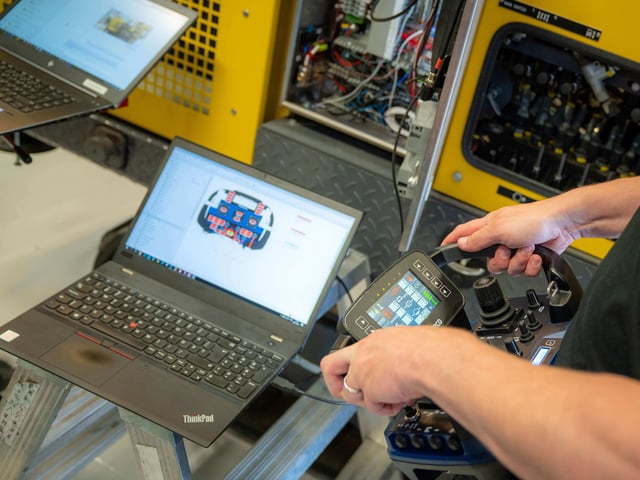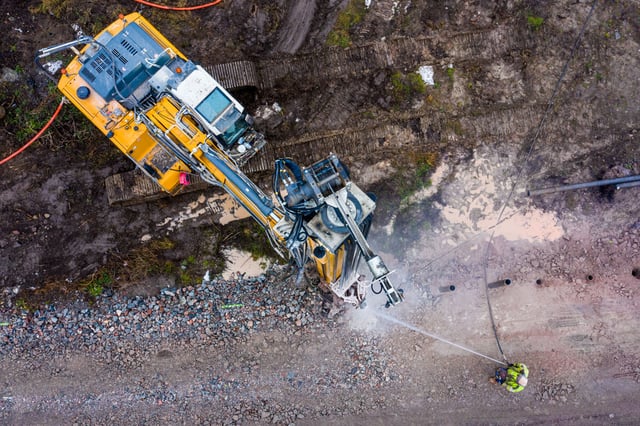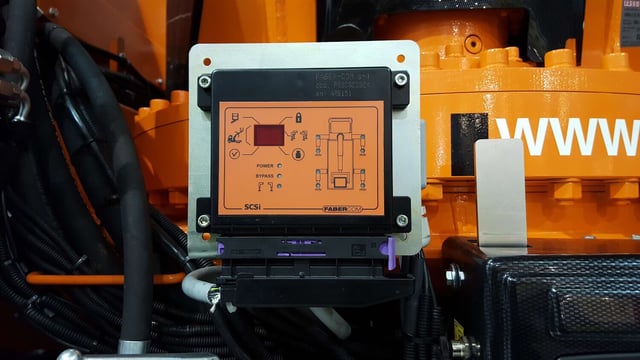Cost-effective safety for all OEMs
In many cases, added safety reduces flexibility and increases cost for machine applications. Typically, only very large machine builders can justify the cost of higher security levels. However, most OEMs, regardless of size, want to offer their customers custom-configured radio remote control systems.
At Scanreco, we aimed to bring the future closer by creating a function that is both safe and flexible for all types of machine builders. Our innovative approach involves dual microprocessors in both the transmitter and receiver, working simultaneously at lightning's speed to verify safe and correct functionality.
Safety Integrity Level (SIL)
The Safety Integrity Level (SIL) is not a rating of a device but of the functions it performs. Today, radio remote-controlled machines in Europe are often SIL 2 certified, although this may change with future stricter regulations. The higher the SIL level, the more efficient the function is at reducing the risk it mitigates. The SIL level is defined by a risk reduction factor of 1,000 – 10,000 for failure on demand and 10^-8 – 10^-7 for the probability of failure per hour, as set by the IEC 61508 standard.

Scanreco Integrated Safety Platform (SISP™)
The Scanreco Integrated Safety Platform (SISP™) is a first-of-its-kind modular safety solution, invented by Scanreco and approved by third-party (Rise Research Institutes of Sweden) in accordance with the IEC 61508 (SIL3) and ISO 13849-1 (PLe) safety standards. With SISP™, we aim to cover all safety APIs (SIL3 classified) and have created a CAN safety protocol that we hope will become a standard in control systems with SIL 3 certifications.
Enhanced safety protocol
In many radio remote control systems, safety is ensured by two functions checking each other. Control systems may use their own safety API, CANbus, loops, or digital connections, with varying safety protocols. With SISP™, all safety-related information is monitored, verified, encrypted, and decrypted by four different microprocessors (two inside the transmitter and two inside the receiver) when sending and receiving information. Each safety-classified command consists of two different and independent signals that must always match.
Seamless operator experience
Scanreco's robust proprietary radio protocol ensures that all data is sent multiple times on different frequencies. One or two rejected data packages will go unnoticed by the operator as they are compensated for. However, if no data packages arrive for 0.5 seconds, for example, when the transmitter's battery is empty or the operator is out of range, the SISP instantly shuts down all safety-classified outputs, bringing the machine to a safe halt.







